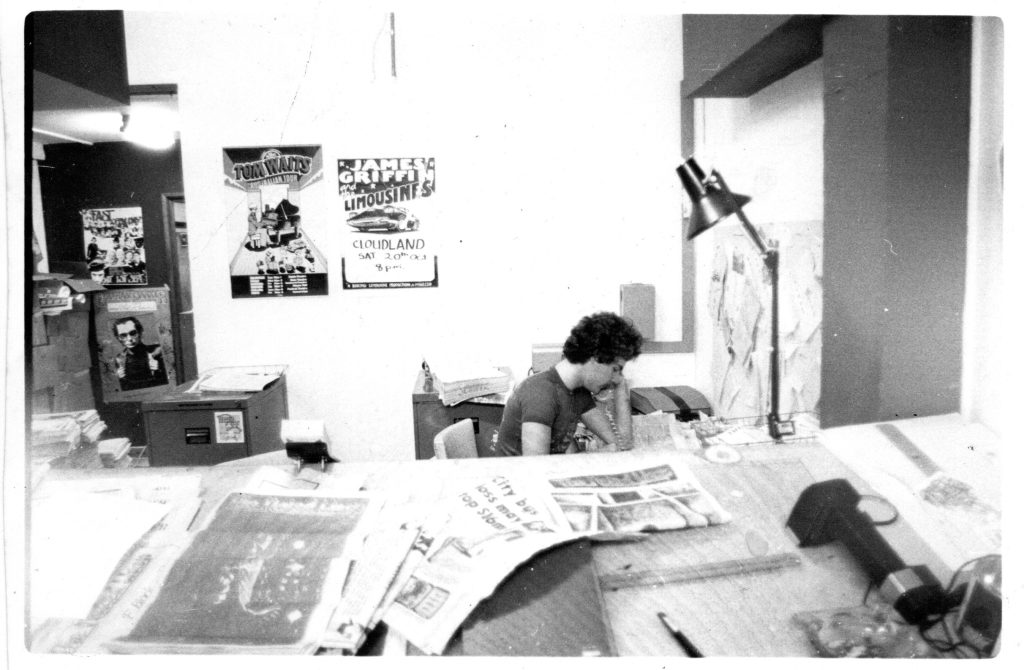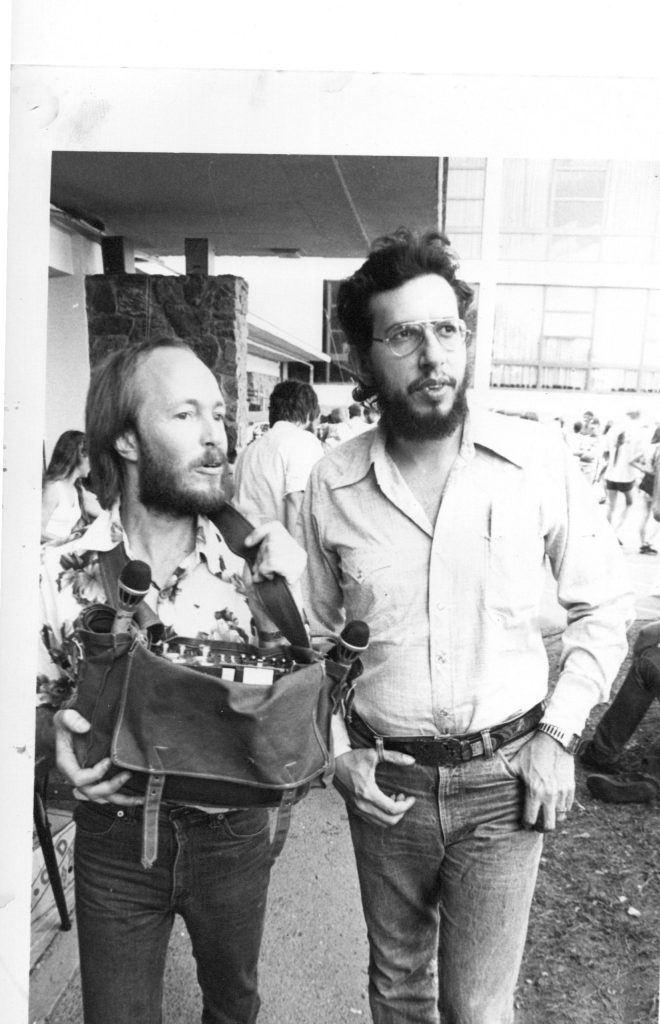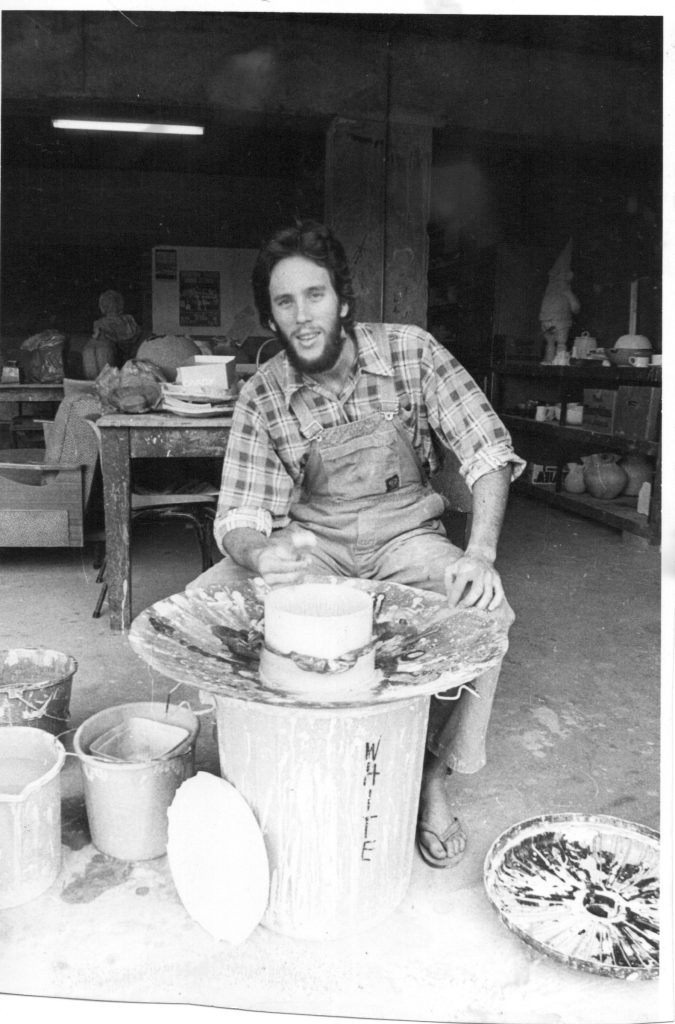
Here at Semper, we’re proud of our rich history as the UQU student newspaper. As the times and content have changed, so has the formatting – what began as hot-type hand-setting and composing has evolved to hyperlinks and Instagram posts. So, join us on a trip down memory lane as we appreciate all the different facets of Semper Floreat through the ages.
Pamphlets and Origins
Semper Floreat originated in 1932, initially beginning as a fortnightly newsletter, in a small, pamphlet style. Highlights included university activities to look forward to, short editorial pieces, recaps of events and letters to the editor.

Mid-Century Modernization (1940s–1960s)
The progression of newspaper equipment naturally meant that Semper Floreat would follow suit. Semper editors shifted toward a more standardized printing process of newspapers, incorporating more visual elements such as photography and cartoons.

Counterculture & (Semi-organised) Chaos (1970s–1980s)
Our core team members were so incredibly lucky to meet with Anne, Matt, Tim and Johnny, who each had a variety of experiences to share from their time working at Semper Floreat in the 1970s and 80s. They shared a wealth of knowledge about what Semper, and university life was like.

Semper Floreat
Before delving into the plethora of Semper Floreat offshoot projects from this time period, we have to cover our publication first (naturally).
Semper embraced radical design: collage-style layouts, hand-drawn headlines, DIY punk zine influences. It was almost an anarchy of influences – while some traditional formatting remained,
the team utilised varying fonts and styles to create a stylistically creative and visually intriguing newspaper. This was, mainly, assisted by heavy incorporation of artworks and creative pieces. Matt Mawson, cartoonist, was a figurehead of Semper’s artworks at the time – read Jester’s interview with him here – https://www.semperfloreat.com.au/interview-with-matt-mawson-semper-cartoonist-1978-1985/
4ZZZ
Australia’s first community station, 4ZZZ, originated in 1975 at UQ. It aimed – and still aims – to provide a radical alternative to mainstream news, promote community engagement and activism, and support Australian music. Often, the radio would address topics that were radical or controversial, in direct contrast to the ultra-conservative Bjelke Petersen administration. The station was evicted on 14 December 1988 from its operational base at the University of Queensland by the consevative student union, in an attempt to close the station, despite university students protests in support of the station.

Time Off
Another example of UQU-funded student journalism at the time was Time Off. While Semper was more oriented to traditional articles, the team noticed a real interest in music and the arts from their readers. The free, weekly, tabloid-sized music magazine originated at UQ as an initiative of co-editors Rob Cameron and Bruce Dickson. It transitioned to a fotrnightly paid issue, heavily covering rock music bias, cinema and the arts. Time Off is no longer free nor independent, but the business still exists in some aspect – it was purchased in 2021 with plans to revive the publication.

Cane Toad Times
In 1977, Cane Toad TImes, a satirical humour magazine, originated in Brisbane, stemming from a group of Semper and 4ZZZ contributors. It featured counter-cultural philosophy, irreverent journalism, strident opinion and a fondness for satire, cartoons and popular culture. The editors and contributors of The Cane Toad Times were motivated by opposition to political events and attitudes in Queensland under the Bjelke-Petersen Government. The publication has since been revived by the original team members.
Other UQ Union Fun Facts
Did you guys know that UQ used to support and fund the arts, like, genuinely? Crazy thought. Anyway, we found out the Union used to employ a full-time potter. Just, you know, to do his pottery. Wild.
The Schonnell Theatre was once a haven for independent or foreign films. The editors would receive complimentary tickets to anything they’d like to review, and the theatre wasn’t just for students – it was full of members of the public, coming to the St Lucia campus to experience artistic, and at times, wacky, films.
Anne Jones, Semper editor in 1981, said, “St Lucia Campus was the cultural centre.” Anne called UQ a ‘different world’ to the campus we know today.

Upon this reflection into our past, we’ve become even more aware than before that the arts and creativity are dying in our modern world. Semper used to be far greater than it is now. We’re trying to restore it to what it was before, but our team is quite tiny and we’re doing our best to reconfigure Semper to make it great again. So, we need your help. If you’d like to contribute to our team, contact us. We’d love to hear from you
Written by Mollie Matthews
Views: 70
